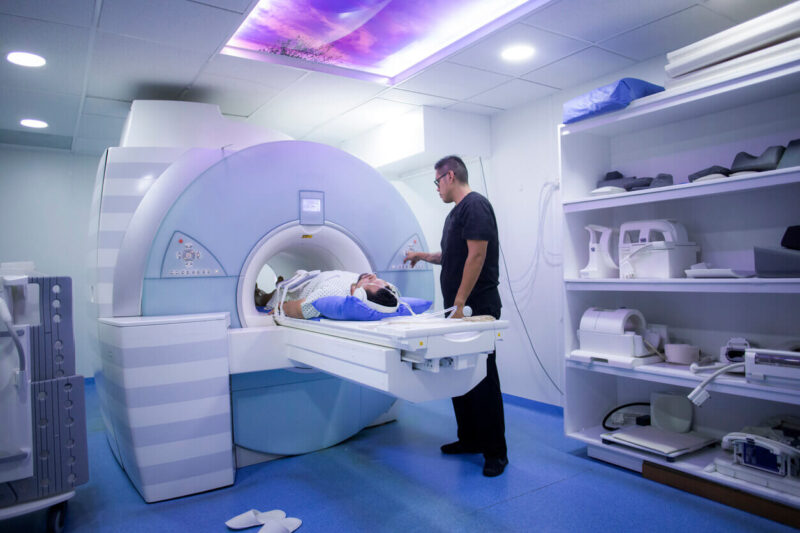Running a hospital means making sure many important things work well together. There are beds, equipment, and rooms that all must be managed. But most important is having enough trained staff to give patients good care.
Guaranteeing adequate staffing levels must be a top priority, as skilled healthcare professionals are the lifeblood of any medical facility. Without a strong workforce in place, even the most advanced technology and state-of-the-art facilities would not be able to function efficiently.
Having Enough Beds
Hospitals obviously need the right number of beds commensurate with the patients they see. Too many empty beds means hospitals waste money; not enough beds and patients may not get one when needed. Hospital managers use computer programs to study the number of patients over time. This helps them know how many beds they should have. It also helps plan when more beds are needed, like during bad flu seasons.
Buying the Right Gear and Tools
Doctors, nurses, and other staff rely on complex gear to examine and treat patients. Hospital managers make big budgets for new equipment like MRI scanners, computers, and lab tools. They need to balance getting modern items without overspending. Research and talking to staff help managers pick the best gear.

Having Enough Space
Besides patient rooms and gear, all staff need enough space to work in. There may be offices, meeting rooms, and storage areas. As hospitals grow, managers need to plan major building projects years in advance. That way construction goes smoothly, and patient care does not suffer.
Staffing Solutions for Patient Care
According to the folk at SouthlandMD, the most vital hospital resource is its staff. Doctors, nurses, aides, technicians, and many others care for patients. Having staff shortages creates big problems. So hospital managers are always working on hospital staffing solutions. This means having plans for having enough staff each day, week, and year.
Scheduling and Coverage Gaps
Making shifts and schedules is complex at hospitals. Some units like ICUs need around-the-clock care. Emergency rooms get unpredictable surges in patients. Managers use software to slot staff in to cover all needs. But gaps still arise from people calling out sick or quitting. Extra staff on-call and overtime budgets help fill these gaps.
Retention and Burnout
Keeping employees long-term is hard with stressful hospital work. Many staff quit because of burnout. Top hospitals now try many new tactics to retain talent. Flex shifts, training programs, childcare options, and bonuses are some examples. Stopping burnout and keeping employees engaged in their vital roles is a major ongoing goal.

Adding More Staff
When gaps happen too often, managers need to add more staff. But hiring doctors or nurses can take months, so it is not a quick fix. Bringing in short-term traveling nurses and doctors is an option. While pricier, they fill urgent needs until permanent hires start. For faster help, some hospitals now use online platforms connecting to local freelance clinical staff.
Conclusion
Juggling all the moving parts of a hospital is complicated. But providing excellent patient care starts with making sure skilled employees are available in adequate numbers. While managers rely on data and technology, they ultimately focus every big budget and building decisions around supporting their staff’s all-important work. The staffing solutions managers choose must above all enable doctors, nurses, and others to keep delivering top-notch care.
Attracting, retaining, and supporting healthcare professionals is fundamental to maintaining operational efficiency and upholding the very highest standards of patient safety and quality of care. Prioritizing their staff means hospital management can create an environment conducive to success. An environment where resources are optimized and the needs of the community are met with both compassion and expertise.


